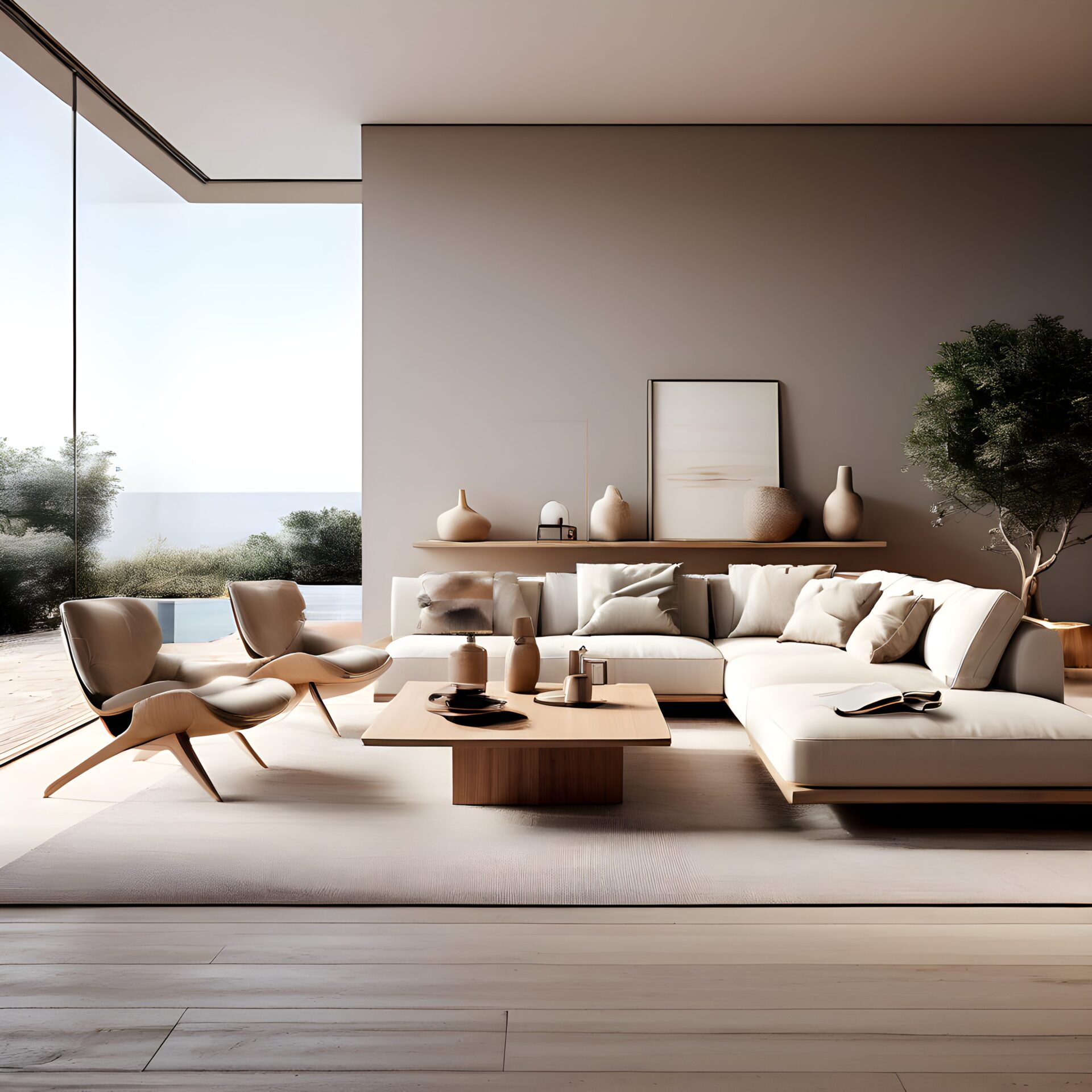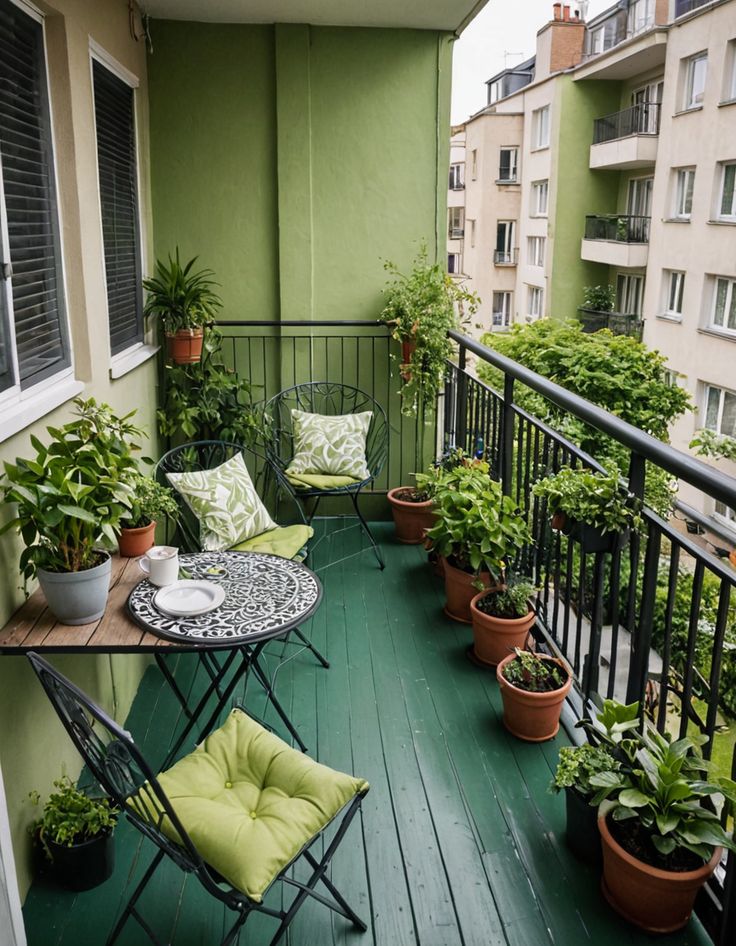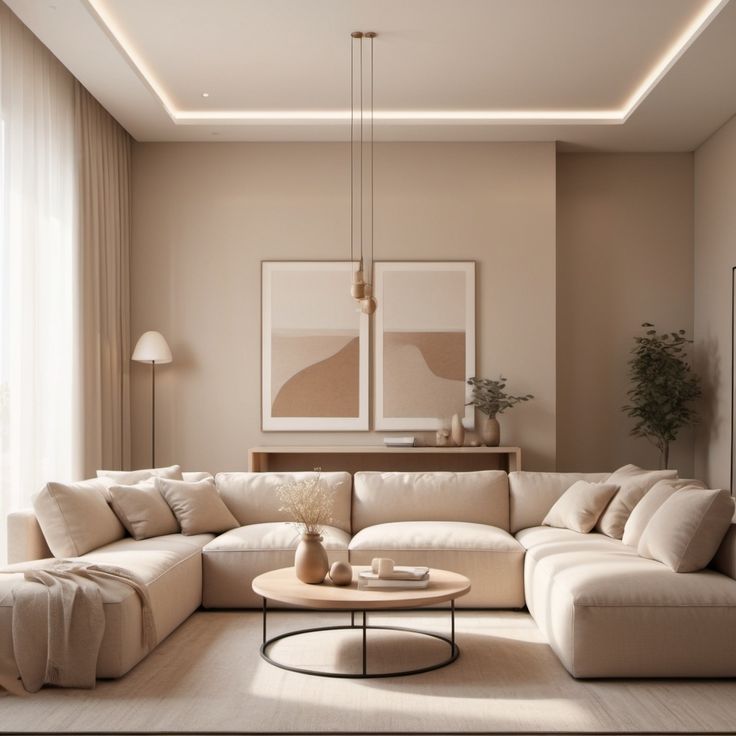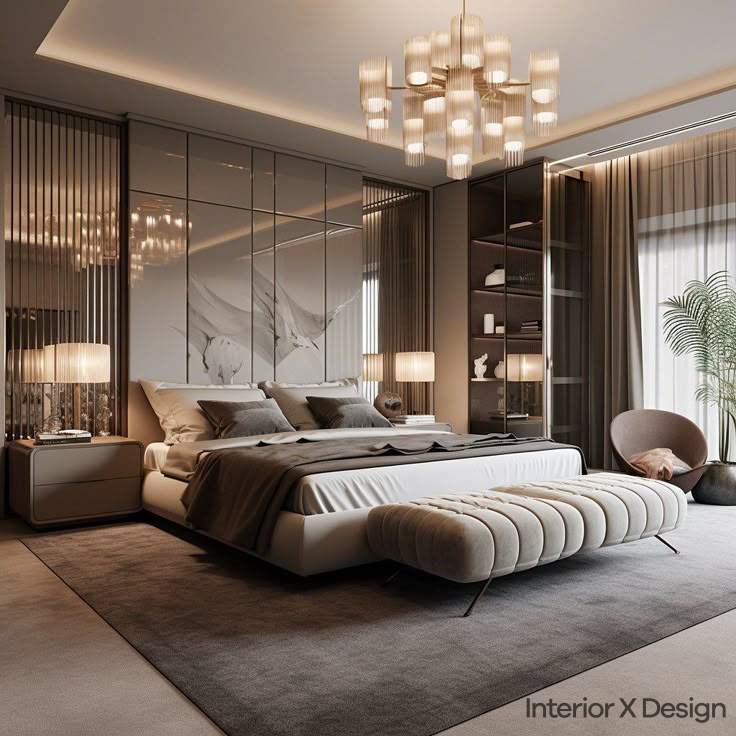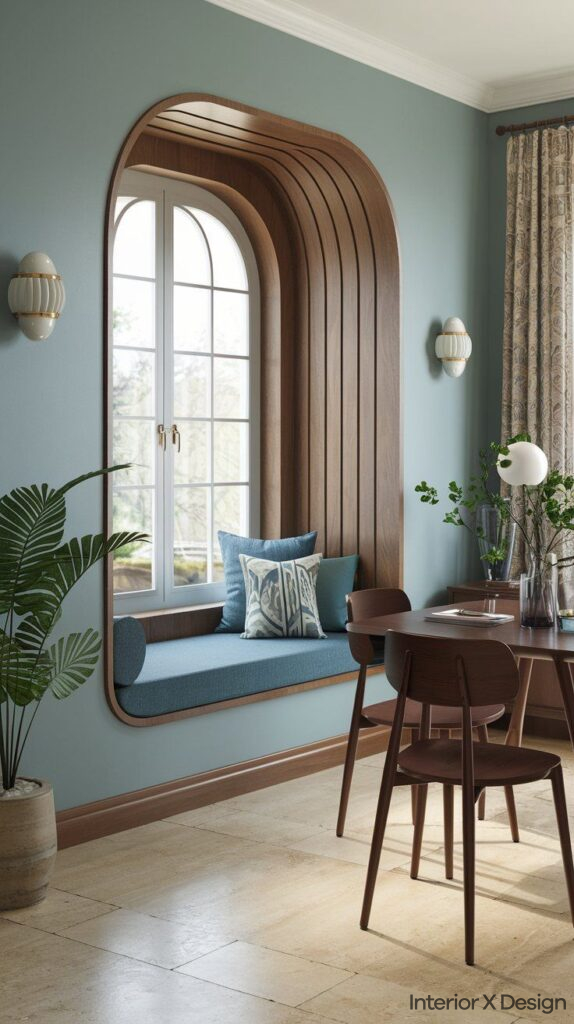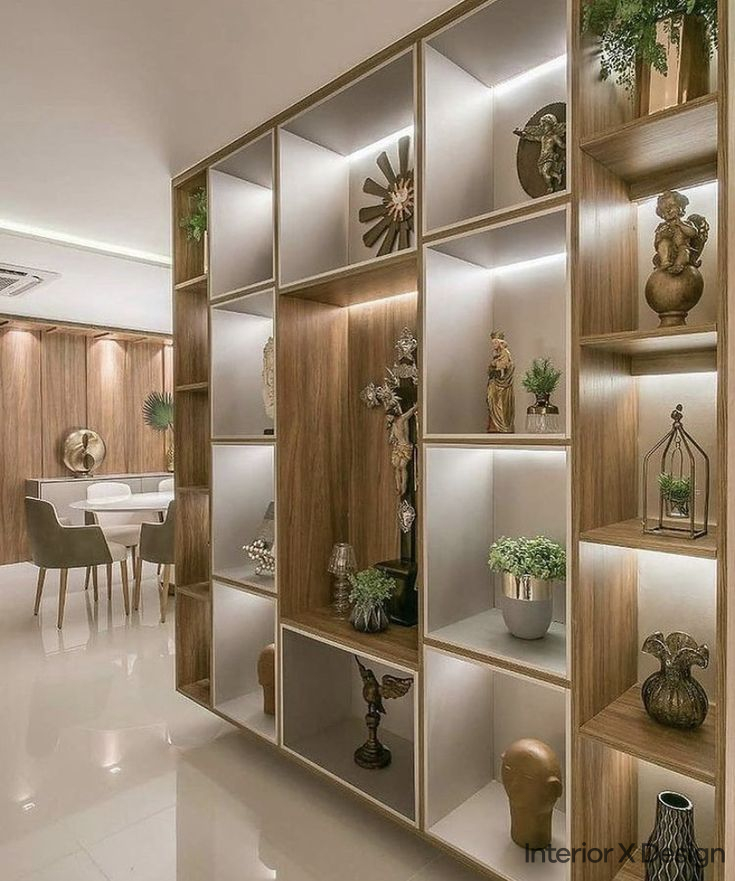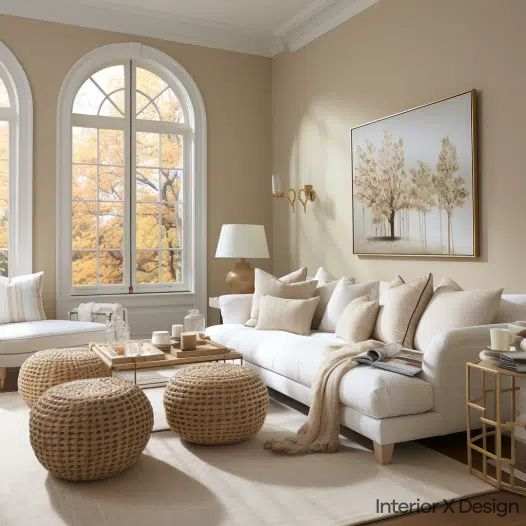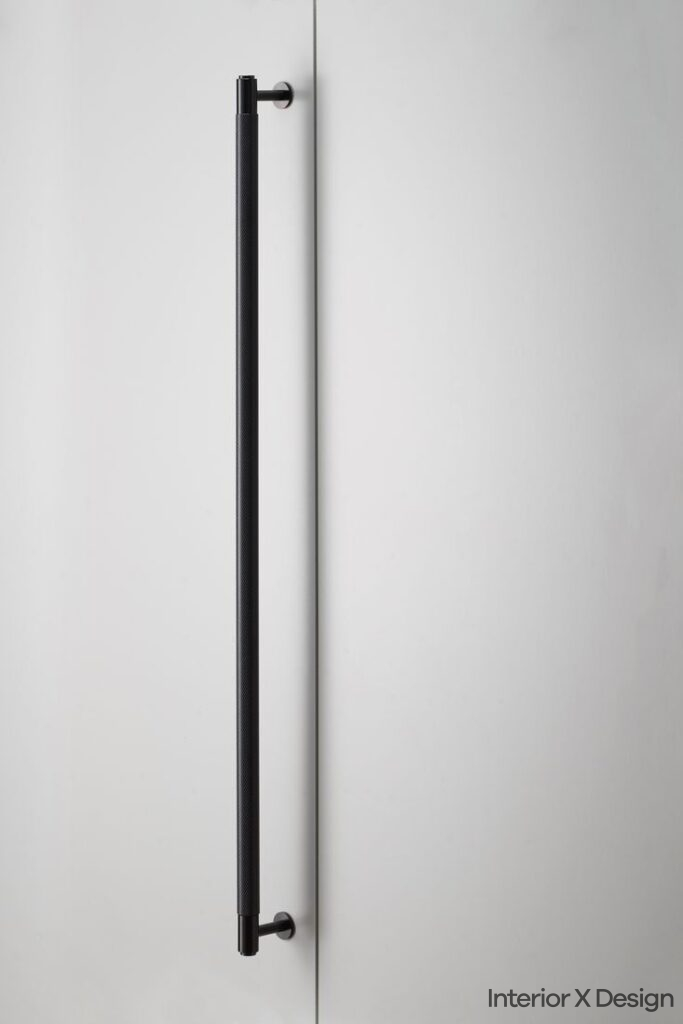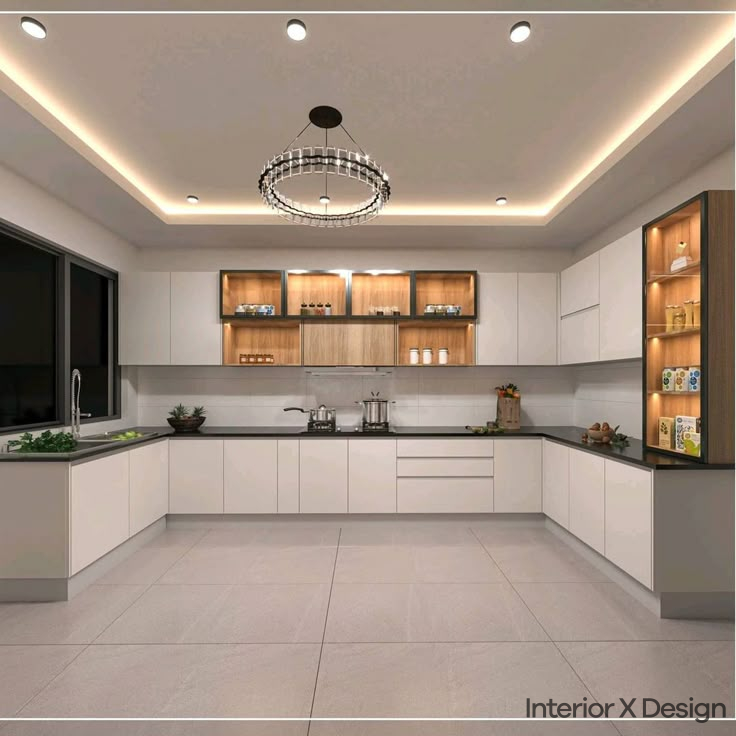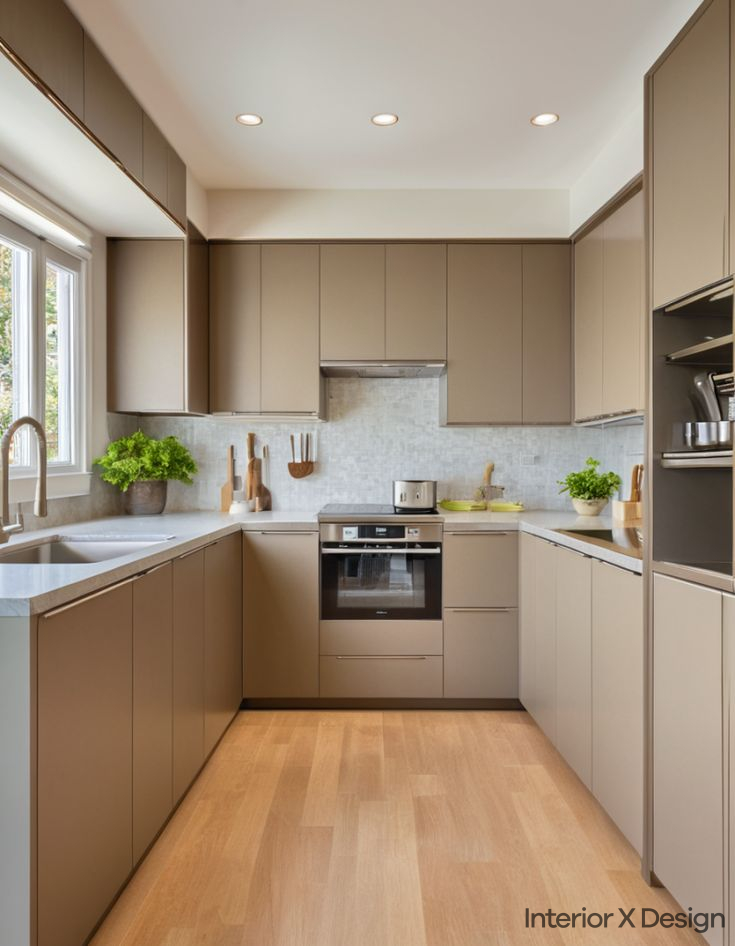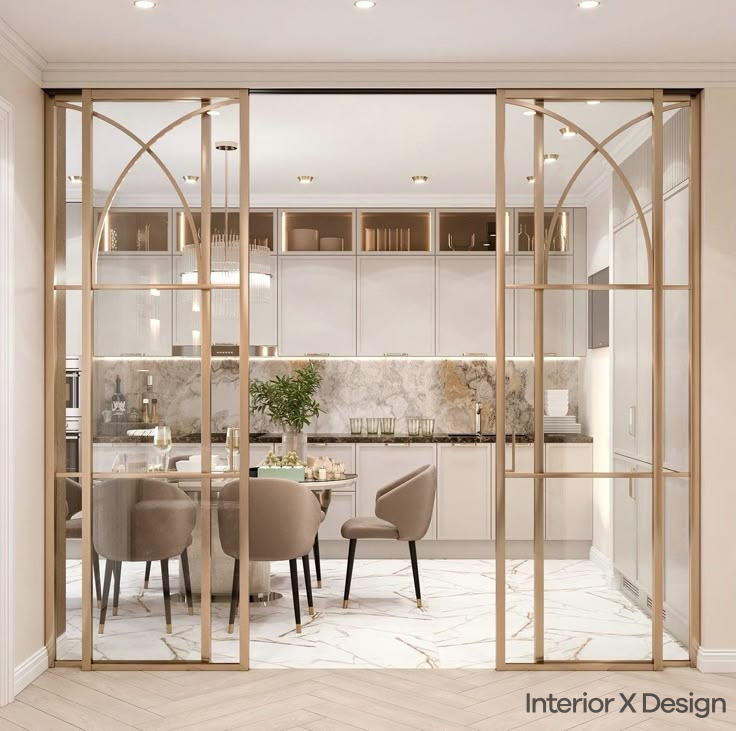Shabby chic interior design is all about embracing imperfections and blending vintage finds to create a cozy, lived-in space. This romantic design style celebrates distressed furniture, soft textures, and a pastel palette that brings charm and warmth to any home. In this blog post, we’ll guide you through the essentials of shabby chic interior design, how to modernize vintage finds, and tips to create a stylish yet timeless space.
What is Shabby Chic Interior Design?
Shabby chic interior design combines vintage and distressed furniture with soft, feminine accents to create a comfortable and inviting look. Its key elements include:
- Distressed Wood Furniture: Weathered pieces with chipped paint or a whitewash finish.
- Vintage Textiles: Lace, linen, and floral prints in muted tones.
- Repurposed Flea Market Finds: Antique accessories with unique histories.
- Soft Textures: Cozy fabrics like cotton, velvet, and wool.
- Pastel Color Palette: Powder blue, pale pink, mint green, and creamy whites.
- Romantic Details: Chandeliers, fresh flowers, and decorative mirrors.
This style celebrates imperfections, such as peeling paint and worn edges, which add character and authenticity to the space.
The History of Shabby Chic Interior Design
The roots of shabby chic interior design trace back to 1980s England, inspired by the cozy, timeworn look of English cottages. Rachel Ashwell, a California-based designer, popularized the style by refurbishing vintage furniture and creating a relaxed yet elegant aesthetic.
Her first store, Shabby Chic Couture, opened in 1989, offering upcycled furniture, Victorian-inspired bedding, and lace linens. This style’s emphasis on sustainability and charm quickly resonated, evolving into a major design trend that continues to thrive today.
Learn more about traditional design influences by visiting Traditional Interior Design: Master the Art of Timeless Décor.
Key Elements of Shabby Chic Interior Design
To bring shabby chic charm into your home, focus on these essential elements:
Distressed Wood Furniture
Look for weathered wood pieces with a matte chalk paint finish. Sand edges and add a light wash for a vintage effect.
Vintage Textiles
Incorporate lace curtains, embroidered linens, and floral-patterned upholstery. These soft fabrics enhance the romantic vibe.
Metal and Wood Accessories
Mix wrought iron and carved wood elements. Use patina finishes to create depth.
Pastel Color Palette
Soft hues like mint green, pale pink, and creamy whites create a dreamy, ethereal look. Avoid bold or overly saturated colors.
Crystal and Glass Accents
Add crystal chandeliers, glass vases, and mirrored trays for a touch of elegance.
Fresh Flowers
Roses, peonies, and wildflowers brighten the space. Use vintage vases or jars for display.
For more inspiration, check out French Country Interior Design: Add European Flair to Your Home.
How to Modernize Vintage Finds
Updating vintage pieces for a shabby chic look is easier than you think. Here are some practical tips:
Distress Your Furniture
- Sand edges of painted furniture to reveal layers beneath.
- Use a wax or glaze finish for an authentic, aged appearance.
Combine Old and New
Pair vintage furniture with contemporary decor, such as minimalist light fixtures or abstract art. This blend creates a balanced, fresh aesthetic. For ideas, visit Transitional Interior Design: Blending Old and New Décor.
Repurpose Flea Market Finds
Turn antique doors into headboards or use old crates as shelves. Creativity breathes new life into forgotten treasures.
Focus on Functionality
While vintage pieces are beautiful, ensure they serve a purpose. Upholster old chairs or add modern hardware to antique dressers.
Designing a Shabby Chic Space: Room-by-Room Guide
Living Room
- Use slipcovered sofas and armchairs in light fabrics.
- Layer with vintage throw blankets and pillows.
- Add a weathered coffee table and floral-patterned area rug.
Bedroom
- Opt for an antique iron or canopy bed frame.
- Use soft, layered bedding with lace and embroidered details.
- Place a distressed dresser or vanity with ornate mirrors.
Kitchen
- Install open shelving to display vintage dishware.
- Use reclaimed wood for countertops or kitchen islands.
- Hang a crystal chandelier for a touch of glamour.
Bathroom
- Include clawfoot tubs and pedestal sinks.
- Use vintage-inspired faucets and fixtures.
- Add soft, fluffy towels in pastel shades.
For coastal influences, explore Coastal Interior Design: Seashell Accents and Beach Style Tips.
Best Practices for Shabby Chic Interior Design
- Thrift Wisely: Visit estate sales and flea markets to find unique pieces.
- Mix Metals: Combine silver, brass, and iron for depth.
- Use Texture: Layer cotton, velvet, and lace for cozy appeal.
- Add Personal Touches: Display family heirlooms, framed photos, or antique books.
- Embrace Imperfection: Don’t aim for a pristine look; imperfections add authenticity.
Sustainability and Shabby Chic Design
The shabby chic style aligns with sustainable living by encouraging the reuse of old furniture and decor. Instead of discarding worn items, give them a second life with simple updates like sanding, painting, or reupholstering.
Learn more about sustainable trends in Rustic Interior Design: Create a Cozy, Nature-Inspired Retreat.
Conclusion
Shabby chic interior design effortlessly combines vintage charm with modern comfort. By incorporating distressed furniture, vintage textiles, and a pastel palette, you can create a space that feels warm and inviting. Whether you’re upcycling flea market finds or investing in antique treasures, shabby chic design offers endless possibilities to personalize your home.
For more design tips and inspiration, visit Interior X Design. Ready to transform your space? Dive into shabby chic and embrace the beauty of perfectly imperfect design today!

